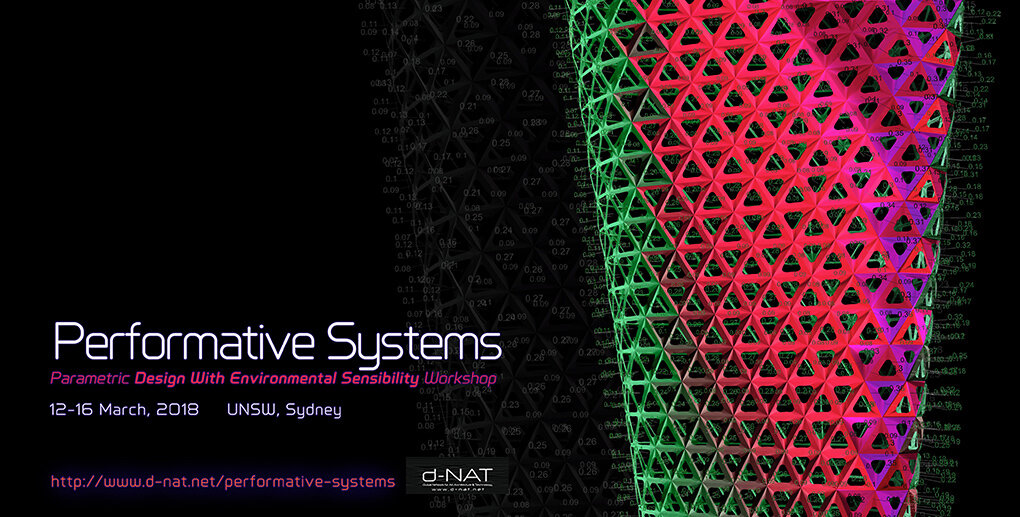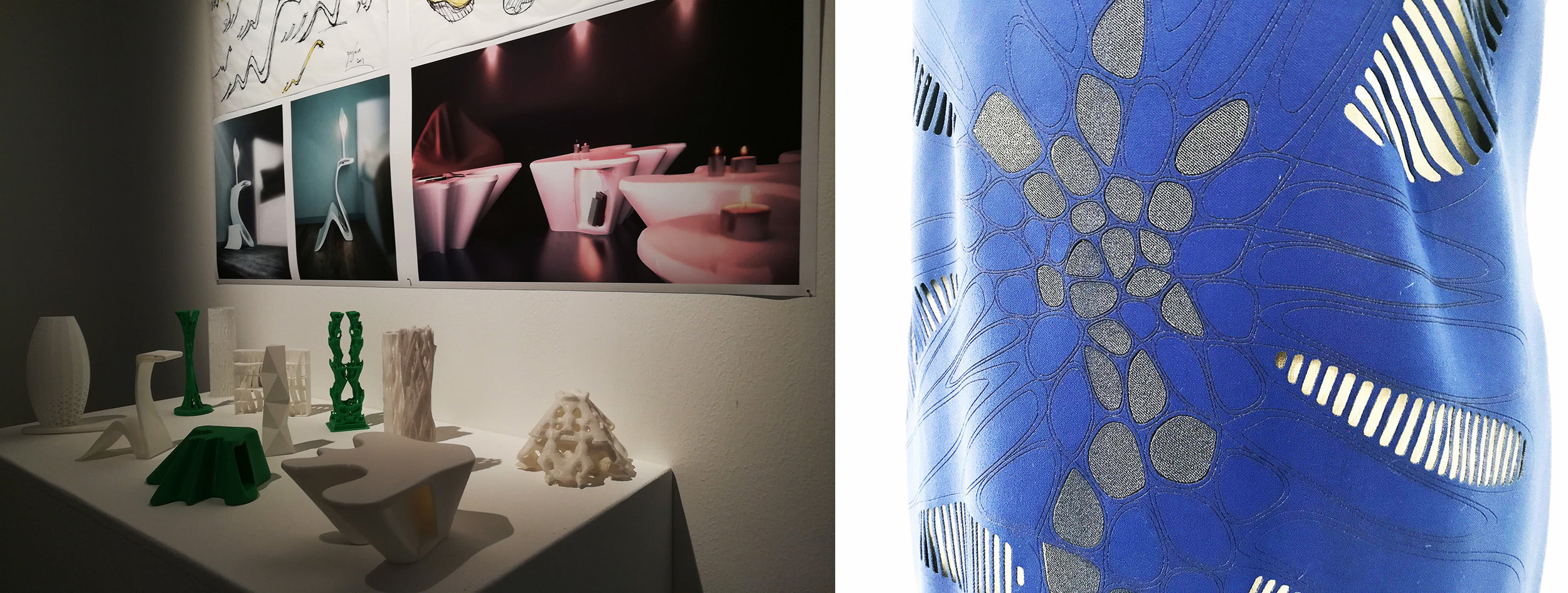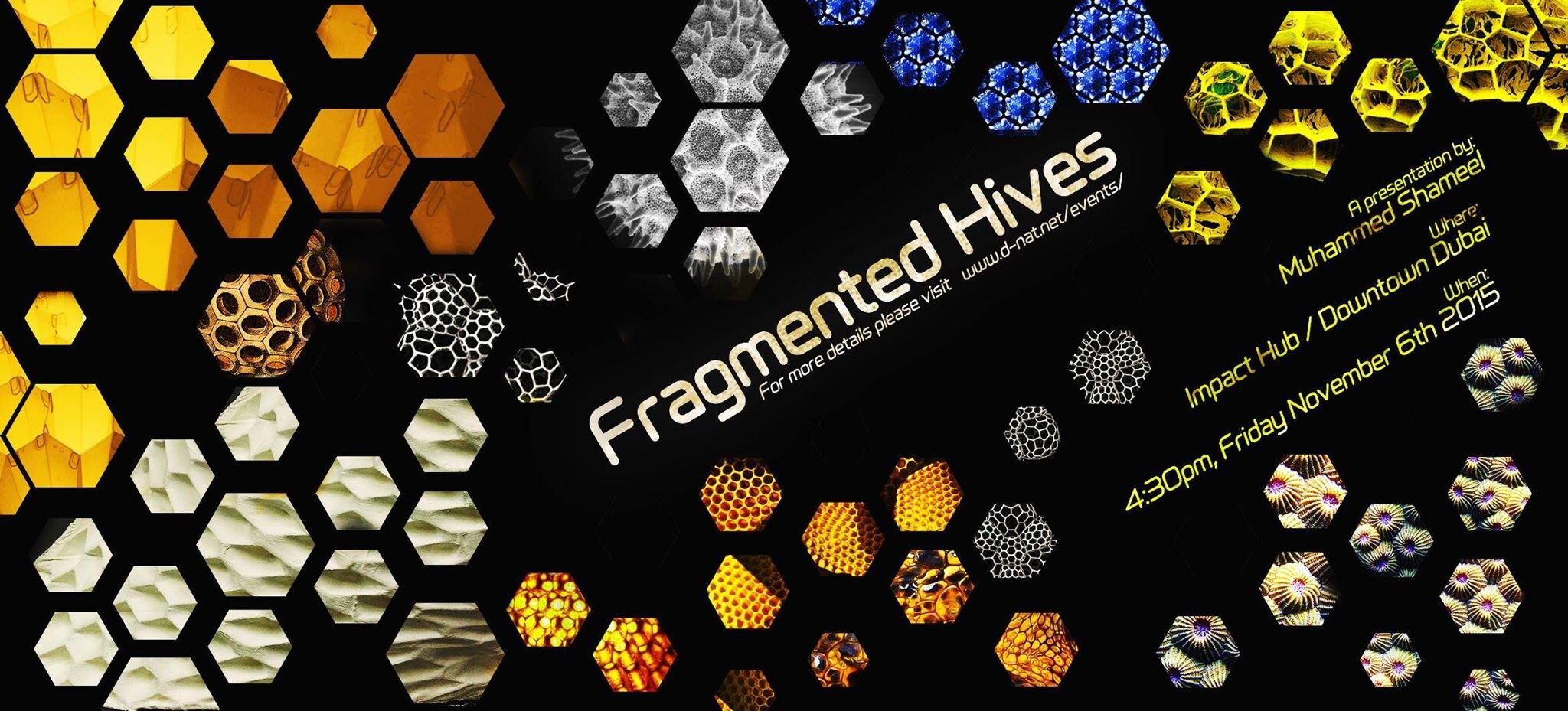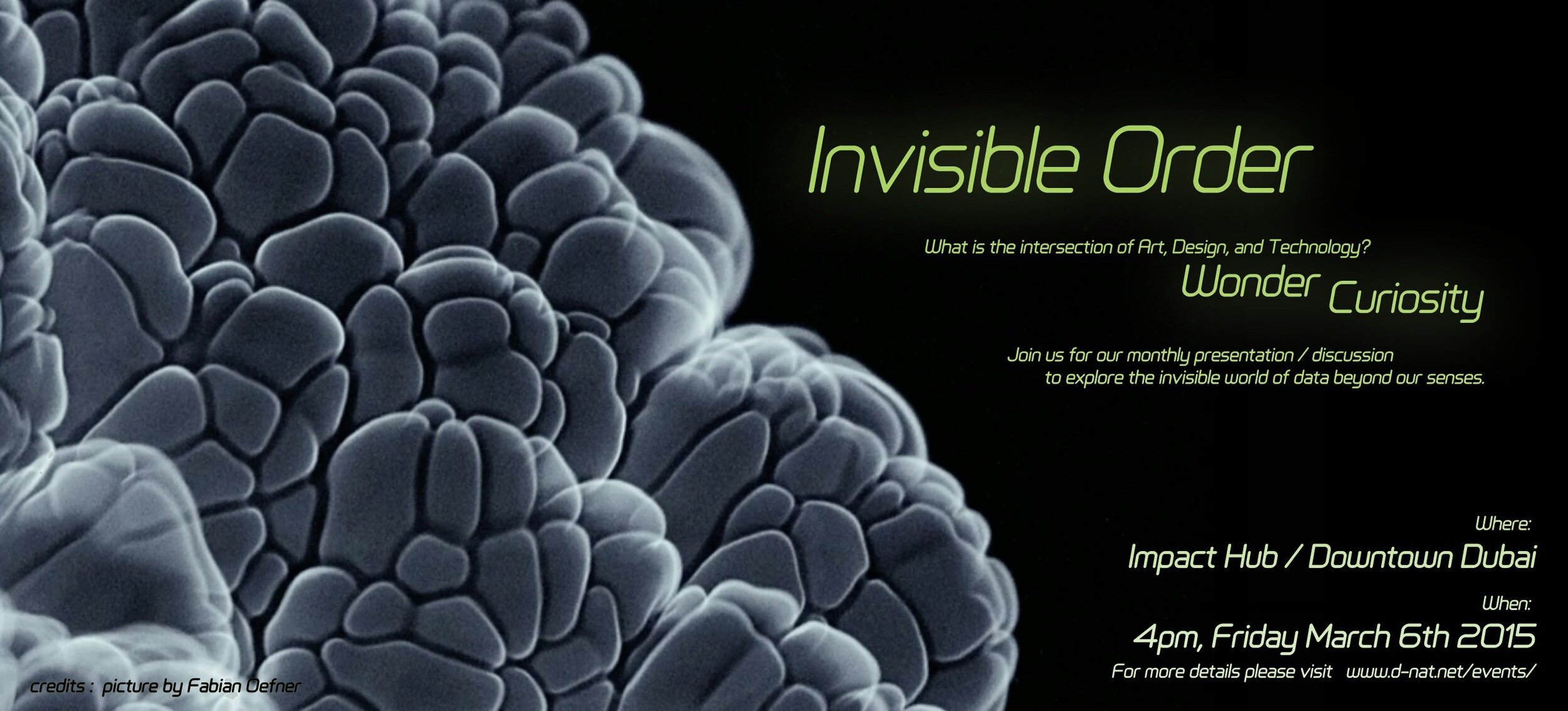
Morphological Adaptation
Design possibilities at the intersection of human intuition and evolutionary process

Addressing Designer's intuition in Evolutionary Design Process
With the evolution of highly sophisticated computational systems, the prospect of creating a collaborative system that integrates the strengths of humans and algorithmic processes in architecture is rising as a subject of high significance. This presentation explores the evolution of biologically inspired optimisation-oriented processes in design and introduces an interactive design method which relies on human designers interacting with the algorithmic processes to enable the capture of designers' intuition and creativity.

Evolving Permutations
The workshop will explore Interacting in Genetic Algorithms as an exploratory and an optimisation process using Snowflake - a newly developed interactive plug-in, and apply the developed method to evolve high-rise permutations in a selected urban context in Sydney.
For more information refer to:
Source: http://www.u-nat.net/evolving-permutations

Morphological Adaptation
The workshop will explore Genetic Algorithms as an exploratory and an optimisation process using Snowflake - a newly developed interactive plug-in, and apply the developed method to design high-rise morphologies in a selected urban context.

The Space in Between
The workshop will introduce the participants to a generative approach to architectural design, exploring the potential of iterative processes in creating emergent complex yet modular structures. The process will be deployed to create parasite-like aggregation systems spanning the spaces between existing structures in urban contexts.

Evolving Morphologies
The workshop will explore Interactivity in Genetic Algorithms as an exploratory and an optimisation process and apply the developed method to design high-rise morphologies in a selected urban context.
Genetic algorithms are based on simulated biological evolution as a problem-solving machine. They are well known for solving multi-objective optimisation problems. Additionally, they have also been adopted by other creative domains such as art, music, fashion, industrial design and architecture. They are of particular interest to architects as they operate on producing population of design solutions, rather than just a single design. They offer variational solutions related to the formulation of the design problem by each designer. As architectural design is inherently multi-objective that involves negotiation of huge number of often conflicting quantitative and qualitative objectives, architect’s intervention in the evolutionary loop became essential to guide such complexity beyond the mere optimisation and towards incorporating the designer’s subjective judgement.

Computational Design Odyssey- from the SKETCH to the ALGORITHM
The act of making drawing has played a central role in the practice of architecture for centuries. However, recently the rise of AI and algorithmic design is gradually infiltrating the architectural world. A journey through the transformation from the Sketch to the Algorithm will question the role of the architect and the future of the architectural practice in the new digital world.

Symbiotic Systems - Design with the Sustainable Imperative
Designing with environmental sensibility is evolving as a vital subject in architecture on both professional and academic level. We are at a critical moment wherein environmental considerations are becoming increasingly important in the design process. As the demand for green energy is increasing, buildings are expected to reduce their energy demand, as well as consumption. However, the current trend in education tends to separate architectural design courses from sustainable design. While the first treats architecture as a form of art that is devoid from any environmental responsibility, the second emphasises the importance of the technical aspect as a separate specialised design layer. Blending the two layers, art and science, in a holistic integrated manner is a new challenge that is facing architecture on both educational as well as professional level.
The presentation will introduce the conceptual framework of some of the latest projects at AmorphouStudio that were designed in response to Dubai environmental data. Using a hybrid process of analogue tools and algorithmic codes, these projects aim to investigate the symbiotic relationship amid nature and technology to bridge the gap between aesthetic and performance.

Crossover-Baghdad
A presentation by ZAYAD MOTLIB and RAYA ANI on Monday, August 27 will be held at the Iraqi Engineers Union - Al Mansour, Baghdad at 5-8 pm.
Free and Open to all Architects, Faculty of Architecture, and Architectural Students.
The presentation will cover the following:
- Latest work and processes by AmorphouStudio.
- Latest work and processes by RAW-NYC
- Joint presentation on the program and the learning objectives of the Baghdad school.
This will be followed by an interactive discussion on the summer school program and objectives and to decide on the best time frame to hold the school.

Performative Systems - Presentation at UoQ, Australia
Designing with environmental sensibility is evolving as a vital subject in architecture on both professional and academic level. We are at a critical moment wherein environmental considerations are becoming increasingly important in the design process. As the demand for green energy is increasing, buildings are expected to reduce their energy demand, as well as consumption. However, the current trend in education tends to separate architectural design courses from sustainable design. While the first treats architecture as a form of art that is devoid from any environmental responsibility, the second emphasises the importance of the technical aspect as a separate specialised design layer. Blending the two layers, art and science, in a holistic integrated manner is a new challenge that is facing architecture on both educational as well as professional level.
The presentation will introduce the conceptual framework of some of the latest projects at AmorphouStudio that were designed in response to Dubai environmental data - http://www.amorphoustudio.com. It will also demonstrate some of the design and fabrication workshops that were conducted at d-NAT (Dubai Network for Art, Architecture and Technology), and were inspired by the complex self-organising systems found in natural organic formations and patterns - http://www.d-nat.net. Using a hybrid process of analogue tools and algorithmic codes, these projects aim to investigate the symbiotic relationship amid nature and technology to bridge the gap between aesthetic and performance.

Performative Systems - Presentation at UNSW, Australia
Designing with environmental sensibility is evolving as a vital subject in architecture on both professional and academic level. We are at a critical moment wherein environmental considerations are becoming increasingly important in the design process. As the demand for green energy is increasing, buildings are expected to reduce their energy demand, as well as consumption. However, the current trend in education tends to separate architectural design courses from sustainable design. While the first treats architecture as a form of art that is devoid from any environmental responsibility, the second emphasises the importance of the technical aspect as a separate specialised design layer. Blending the two layers, art and science, in a holistic integrated manner is a new challenge that is facing architecture on both educational as well as professional level.
The presentation will introduce the conceptual framework of some of the latest projects at AmorphouStudio that were designed in response to Dubai environmental data - http://www.amorphoustudio.com. It will also demonstrate some of the design and fabrication workshops that were conducted at d-NAT (Dubai Network for Art, Architecture and Technology), and were inspired by the complex self-organizing systems found in natural organic formations and patterns - http://www.d-nat.net. Using a hybrid process of analogue tools and algorithmic codes, these projects aim to investigate the symbiotic relationship amid nature and technology to bridge the gap between aesthetic and performance.

inFORMed Systems - A presentation at DXBDW2017
inFORMed Systems is an exploration of novel digital design to fabrication techniques that are inspired by the complex self-organising systems found in natural organic formations and patterns. By examining these systems as information processes, we develop data set to inform possible design strategies using a combination of algorithmic codes and digital tools. The new design strategies aim to investigate the symbiotic relationship amid nature and technology to bridge the gap between aesthetic and performance. Drawing a parallel between natural systems behaviour and computer processes, inFORMed systems are directed to produce adaptive spatial results and forms across a wide range of scales - from material to urban scale and vertical structures.
The presentation will also introduce the conceptual framework of some of the design and fabrication workshops that were conducted at d-NAT (Dubai Network for Art, Architecture and Technology) which can be viewed at http://www.d-nat.net/archived-workshops/, and some of the current interdisciplinary projects at AmorphouStudio. The demonstrated projects span across different scales, from jewellery scale to products design, furniture, architecture, and urban planning, and will focus on the design of new topologies of adaptive forms that are designed in response to Dubai environmental data. http://www.amorphoustudio.com/projects/.

The Symbiotic Towers- ShortList - Concept Design of the Year
Our Project The Symbiotic Towers is in the Short List for MEA Award 2017 Concept Design of the year.
http://www.designmena.com/portfolio/mea-awards-2017-shortlist-concept-design-of-the-year
Congrats to the projects team Marta Krivosheek, Raghad Al-Ali, Laila Najib and Zayad Motlib.

Process Exhibition
A collection of 3d printed pieces, along with relevant sketches and rendering demonstrating process development from hand sketches, generation of 3d printed models for concept development, to final rendering showing the pieces in full scale. The collection includes a variety of pieces of different scale and nature from experimental studies, jewellery design, to furniture and architecture.
Part 2 of the exhibition is a dress design done in collaboration with fashion designer Kay Li. The dress concept was inspired by the voronoi pattern we designed for the open plaza of the Jumeirah Gardens mixed-use project. The pattern was modified for a dress design using the same algorithm that generated it, thus merging processes between fashion and architecture.
For details check out http://www.amorphoustudio.com/installations#/tashkeel-exhibition/

Fragmented Hives
Honeycombs structure and geometry have fascinated architects and artists for a long time. Their geometry and mathematical perfection brought mystery and fascination. In architecture, honeycombs were an inspirational source behind the creation of a variety of forms and skins.
Fragmented Hives’ was initially conceived as a visual art installation for Sikka 2014 - Dubai. The project title and the morphology of the then installation derives its inspiration from the structural and design principles of a beehive. The honey comb structure of the beehive is a variation of the rhombic dodecahedron that minimises the surface area for a given volume. For a long time, scientists have been studying the bees extensively to understand how they thrive through simple communications and processes to achieve sustenance and complexity. Such systems are primarily driven by the requirement of optimising the process by using optimum resources to meet the vital requirements of the system to survive. These concepts have often been extended to our built environments and material properties to achieve strength, durability and adaptability.
The presentation by Zayad Motlib and Muhammed Shameel will discuss few theories behind the honeycombs formation. The installation set base for two other projects that were realised in 2015- Beehive 2.0 and AAVS ‘Scaffold Fabrication’. The 45 minute presentation will showcase the project development and its evolution in last two years.

Invisible Order
Join us in a journey through time and space to explore the wonders of the unseen world. Our first getting together Monthly events. A selected two Tedx talks on the subject of the intersection of Art, Design, and Technology will explore the invisible transformation of data into matter that is un-deductible by the normal human senses. Recent advancement in technological devises enabled us to delve into new domains of visual wonder. They revealed the hidden pattern produced by these phenomena which can inspire new design thinking.